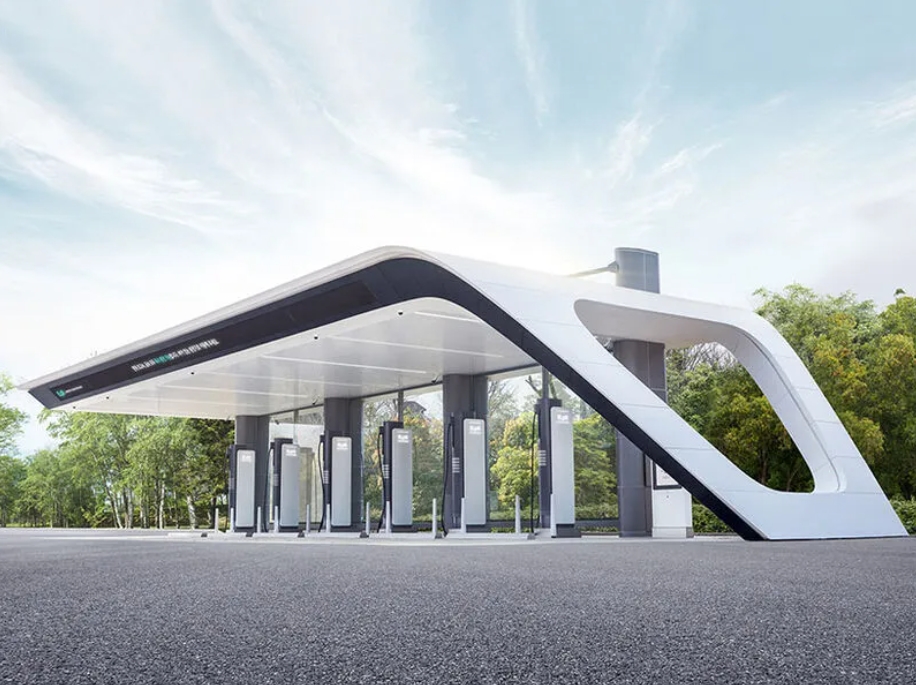The latest technologies in EV charging stations are geared towards making charging faster, more convenient, and more efficient. Here are some of the most notable advancements:

- Ultra-Fast Charging: One of the most significant developments in EV charging technology is ultra-fast charging, which can deliver a substantial amount of energy to an electric vehicle in a short amount of time. Technologies like DC fast charging (DCFC) and ultra-fast chargers with power outputs of 150 kW or higher are becoming increasingly common. Some ultra-fast charging systems can provide enough power to add hundreds of miles of range to an EV in just a matter of minutes.
- High-Power Charging Networks: High-power charging networks are being developed to support ultra-fast charging capabilities. These networks typically consist of a network of charging stations strategically located along major highways and transportation corridors, allowing EV drivers to recharge their vehicles quickly during long-distance travel.
- Battery Swapping: Battery swapping technology enables EV owners to exchange depleted batteries for fully charged ones at automated swap stations. This process can be much faster than traditional charging and eliminates the need to wait for a vehicle to charge. While still in the early stages of development, battery swapping has the potential to revolutionize the EV charging experience, particularly for commercial fleets and high-demand applications.
- Wireless Charging: Wireless charging technology allows EVs to charge without the need for physical cables or plugs. Inductive charging pads installed in parking spaces or roads transmit power wirelessly to a receiver on the vehicle, making charging as simple as parking over a designated charging area. While still relatively nascent, wireless charging has the potential to enhance the convenience and accessibility of EV charging, particularly for urban environments.
- Smart Charging Solutions: Smart charging solutions utilize advanced software algorithms and communication technologies to optimize charging schedules, manage energy demand, and minimize grid impacts. These systems can dynamically adjust charging rates based on factors such as grid congestion, energy prices, and renewable energy availability, helping to maximize the efficiency and sustainability of EV charging.
- Bidirectional Charging (V2G): Vehicle-to-grid (V2G) technology enables EVs to not only receive power from the grid but also to return excess energy back to the grid when needed. Bidirectional charging capabilities allow EVs to serve as energy storage devices, helping to balance supply and demand on the grid and support renewable energy integration. V2G technology has the potential to provide additional revenue streams for EV owners while enhancing grid stability and resilience.
- Integrated Energy Management Systems: Integrated energy management systems combine EV charging infrastructure with onsite renewable energy generation, energy storage, and building management systems. These integrated solutions enable optimized energy consumption, load balancing, and demand response, helping to reduce electricity costs, enhance grid stability, and maximize the use of renewable energy resources.
These technologies represent the cutting edge of EV charging innovation and are poised to play a crucial role in accelerating the adoption of electric vehicles and building a more sustainable transportation ecosystem.
